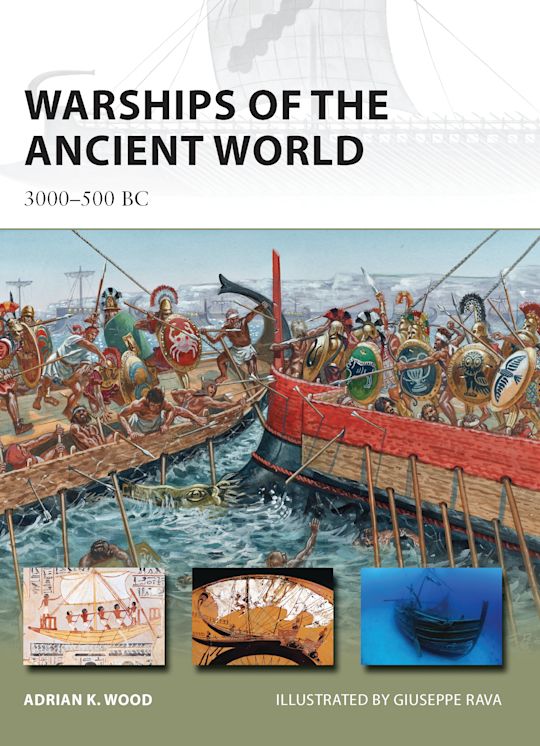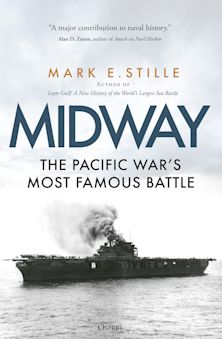- Home
- NON-FICTION
- History
- Naval & Maritime History
- Warships of the Ancient World
You must sign in to add this item to your wishlist. Please sign in or create an account
Description
The world's first war machines were ships built two millennia before the dawn of the Classical world. Their influence on the course of history cannot be overstated.
A wide variety of galleys and other types of warships were built by successive civilisations, each with their own distinctive appearance, capability and utility. The earliest of these were the Punt ships and the war galleys of Egypt which defeated the Sea People in the first known naval battle. Following the fall of these civilisations, the Phoenicians built biremes and other vessels, while in Greece the ships described in detail in the 'Trojan' epics established a tradition of warship building culminating in the pentekonters and triaconters.
In the first accessible introduction to this subject, Adrian K. Wood examines the warships of the period, alongside illustrations from pottery and carved seals, and depicted in inscriptions and on bas-reliefs.
Table of Contents
Egypt
Minoan Crete
Bronze Age Syria
Phoenicia: The Legacy of Ugarit
Greece
Bibliography
Product details
| Published | Jan 20 2013 |
|---|---|
| Format | Ebook (Epub & Mobi) |
| Edition | 1st |
| Extent | 48 |
| ISBN | 9781849089791 |
| Imprint | Osprey Publishing |
| Illustrations | 25 b/w; 23 col |
| Series | New Vanguard |
| Publisher | Bloomsbury Publishing |
About the contributors

Resources
Discover More
Visit our exclusive member's website to see artwork, maps, and more from this book.


































